Nationality American Role Chemist | Name John Draper | |
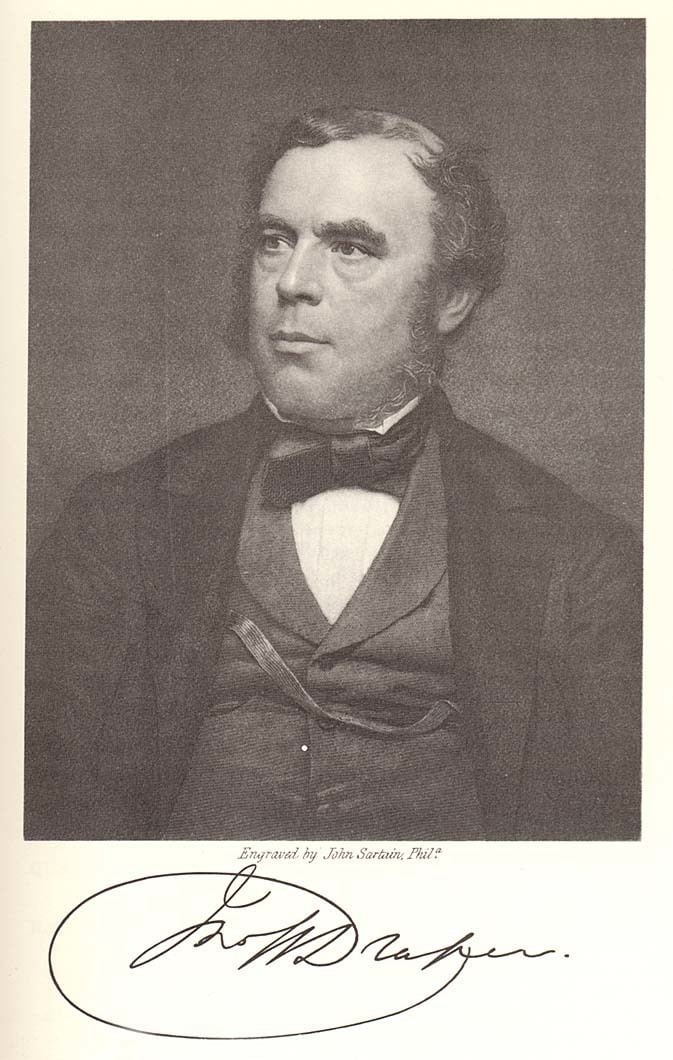 | ||
Born May 5, 1811St. Helens, Lancashire, England ( 1811-05-05 ) Alma mater University College LondonUniversity of Pennsylvania School of Medicine Children Henry Draper, John Christopher Draper Books History of the Conflict Between, A History of the Intellectu, History of the American, History of the Intellectu, Thoughts on the Future Ci | ||
Notable awards Rumford Medal (1875) | ||
What they say john william draper 8 9
John William Draper (May 5, 1811 – January 4, 1882) was an English-American scientist, philosopher, physician, chemist, historian and photographer. He is credited with producing the first clear photograph of a female face (1839–40) and the first detailed photograph of the moon in 1840. He was also the first president of the American Chemical Society (1876–77) and a founder of the New York University School of Medicine. One of Draper's books, the History of the Conflict between Religion and Science, popularised the conflict thesis proposing intrinsic hostility in the relationship between religion and science. It was widely read, and was translated into several languages. His son, Henry Draper, and his granddaughter, Antonia Maury, were astronomers, her younger sister, Carlotta Maury was a paleontologist, and his eldest son, John Christopher Draper, was a chemist.
Contents
- What they say john william draper 8 9
- Early life
- Virginia
- New York
- Work
- Children
- Death
- Legacy
- Publications
- References
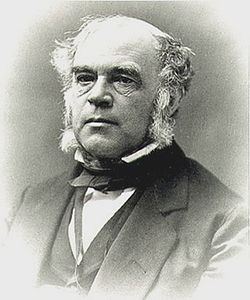
Early life

John William Draper was born May 5, 1811 in St. Helens, Lancashire, England to John Christopher Draper, a Wesleyan clergyman and Sarah (Ripley) Draper. He also had three sisters, Dorothy Catherine (August 6, 1807 – December 10, 1901), Elizabeth Johnson, and Sarah Ripley. On June 23, he was baptized by the Wesleyan minister Jabez Bunting. His father often needed to move the family due to serving various congregations throughout England. John Wm. Draper was home tutored until 1822, when he entered Woodhouse Grove School. He returned to home instruction (1826) prior to entering University College London in 1829. While at University College London, Draper studied chemistry under the direction of Edward Turner (chemist).
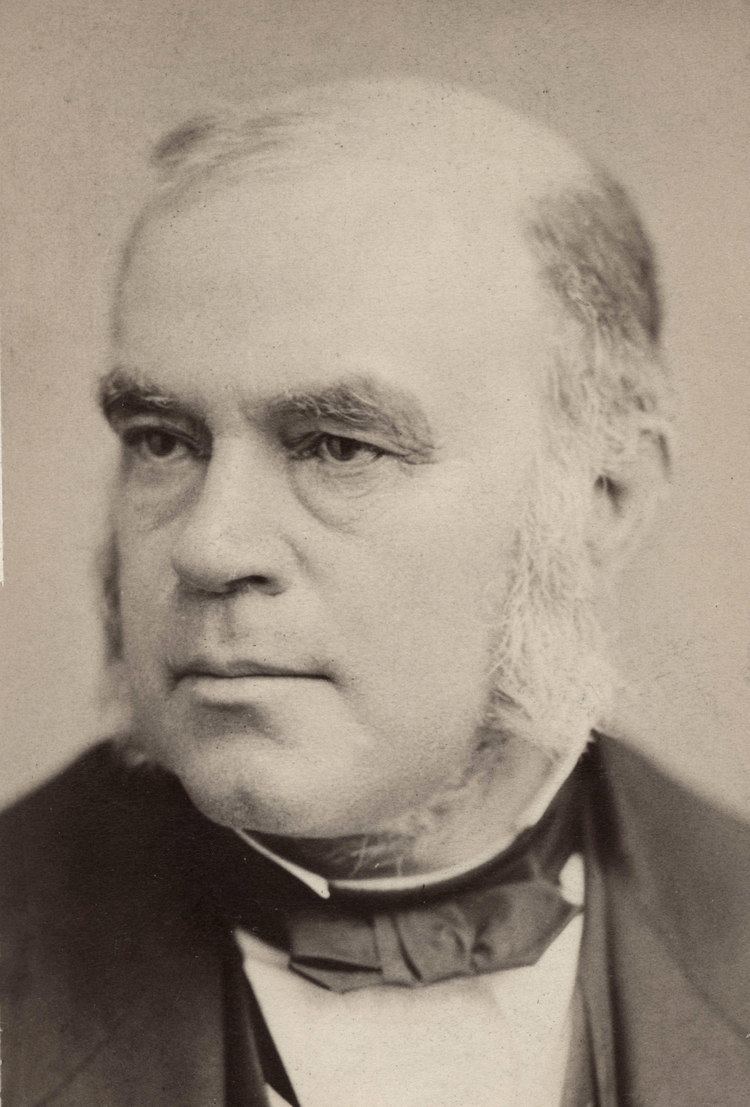
On September 13, 1831, John William Draper married Antonia Coetana de Paiva Pereira Gardner (c. 1814–1870), the daughter of Daniel Gardner, a court physician to John VI of Portugal and Charlotte of Spain. Antonia was born in Brazil after the royal family fled Portugal with Napoleon's invasion. There is dispute as to the identity of Antonia's mother. Around 1830, Antonia was sent with her brother Daniel to live with their aunt in London.
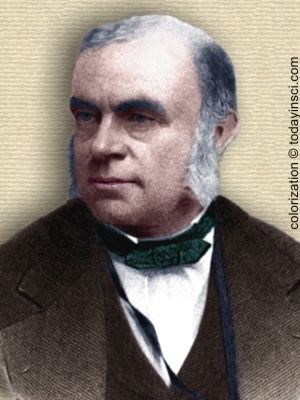
Following his father's death in July 1831, John William's mother was urged to move with her children to the US state of Virginia. John William hoped to acquire a teaching position at a local Methodist college.
Virginia
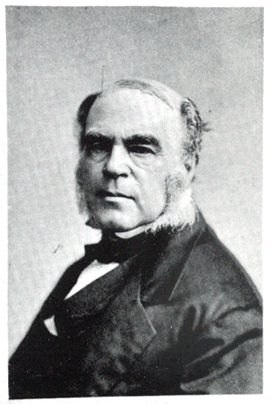
In 1832, the family settled in Mecklenburg County, Virginia, 7 1⁄2 miles (12.1 km) east of Christiansville (now Chase City). Although he arrived too late to obtain the prospective teaching position, John William established a laboratory in Christiansville. Here he conducted experiments and published eight papers before entering medical school. His sister, Dorothy Catherine Draper provided finances through teaching drawing and painting for his medical education. In March 1836, he graduated from the University of Pennsylvania School of Medicine. That same year, he began teaching at Hampden–Sydney College in Virginia.
New York

In 1837, Draper accepted an appointment to be head of chemistry in a proposed medical school at New York University, but sufficient funds were not available to go ahead with the project. In 1839, Draper was elected undergraduate professor of chemistry and botany at the university, and moved with his family to New York City . Once there he helped to found the New York University Medical School, acting as a professor there from 1840 to 1850, president of the school from 1850 to 1873, and as a professor of chemistry until 1881.
Work
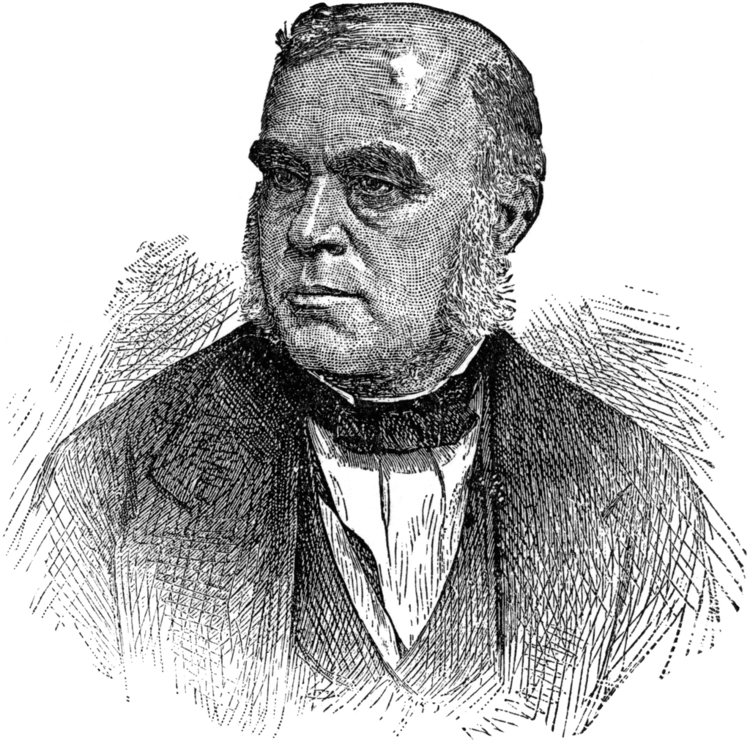
Draper did important research in photochemistry, made portrait photography possible by his improvements (1839) on Louis Daguerre's process, and published a textbook on Chemistry (1846), textbook on Natural Philosophy (1847), textbook on Physiology (1866), and Scientific Memoirs (1878) on radiant energy.
In 1839–1840, Draper produced clear photographs, which at that time were regarded as the first life photographs of a human face. Draper took a series of pictures, with a 65-second exposure in sunlight. The first ones, of a female assistant whose face was covered with a thin layer of flour to increase contrast, were not preserved. Draper also photographed his sister, Dorothy Catherine Draper, and one of those pictures (see image) became known to the public via the letter which Draper sent to John Herschel in 1840. Several copies were made of this picture in the 19th century, and the photograph attached with Draper's letter was also likely a copy made by Draper himself.
In March 1840 Draper became the second person to produce photographs of an astronomical object, the Moon, considered the first astrophotographs. In 1843 he made daguerreotypes of the solar spectrum that revealed new infra-red and ultra violet lines. In 1850 he was making photo-micrographs and engaged his then teenage son, Henry, into their production.
Draper developed the proposition in 1842 that only light rays that are absorbed can produce chemical change. It came to be known as the Grotthuss–Draper law when his name was teamed with a prior but apparently unknown promulgator Theodor Grotthuss of the same idea in 1817.
In 1847 he published the observation that all solids glow red at about the same temperature, about 977 °F (798 K), which has come to be known as the Draper point.
On Saturday 30 May the 1860 Oxford evolution debate featured Draper's lecture on his paper "On the Intellectual Development of Europe, considered with reference to the views of Mr. Darwin and others, that the progression of organisms is determined by law." Draper's presentation was an early example of applying a Darwinian metaphor of adaptation and environment to social and political studies, but was thought to be long and boring. The hall was crowded to hear Bishop Samuel Wilberforce's views on Charles Darwin's recent publication of On the Origin of Species, and the occasion was a historically significant part of the reaction to Darwin's theory due to reports of Thomas Henry Huxley's response to Wilberforce.
Contributions to the discipline of history: Draper is well known also as the author of The History of the Intellectual Development of Europe (1862), applying the methods of physical science to history, a History of the American Civil War (3 vols., 1867–1870), and a History of the Conflict between Religion and Science (1874). The last book listed is among the most influential works on the conflict thesis, which takes its name from Draper's title. His book examined the relationship between religion and science, dismissing ideas of harmony and presenting the history of science as "not a mere record of isolated discoveries; it is a narrative of the conflict of two contending powers, the expansive force of the human intellect on the one side, and the compression arising from traditionary faith and human interests on the other." After outlining the origins of science in ancient Greek philosophy, Draper presented the development of Christianity as leading to repression of science. His argument, aimed at his fellow Protestants, employed anti-Catholic rhetoric, but also said that these "two rival divisions of the Christian church" were "in accord on one point: to tolerate no science except such as they considered agreeable to the Scriptures", and both were liable to "theological odium". The book went through fifty printings in the United States alone, and was translated into ten languages.
Draper served as the first president of the American Chemical Society in 1876. He was elected to the National Academy of Sciences in 1877.
Children
Death
He died on January 4, 1882 at his home in Hastings-on-Hudson, New York at the age of 70. The funeral was held at St Mark's Church in-the-Bowery in New York City. He was buried in Green-Wood Cemetery, Brooklyn, New York.
Legacy
In 1975, Draper's house in Hastings was designated a National Historic Landmark.
In 1976, New York University founded the John W. Draper Interdisciplinary Master's Program in Humanities and Social Thought (Draper Program) in honor of his lifelong commitment to interdisciplinary study.
In 2001, Draper and the founding of the American Chemical Society were designated a National Historic Chemical Landmark at New York University.
Publications
Draper also wrote many articles for the various magazines of his time.
